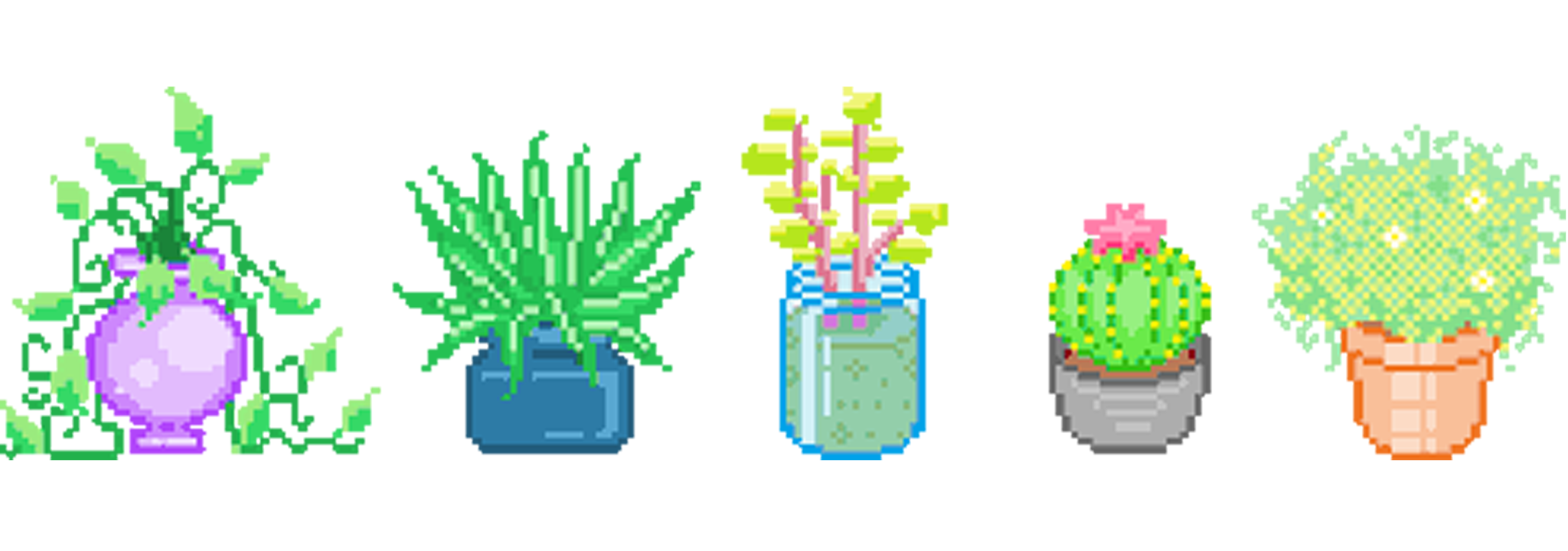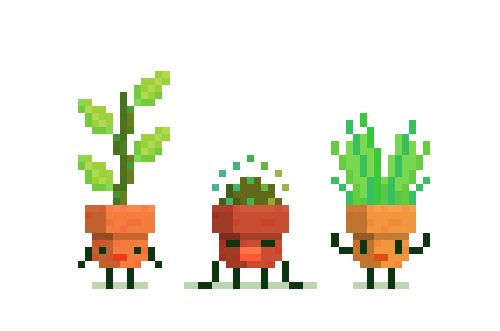this post was submitted on 18 Feb 2025
33 points (97.1% liked)
Houseplants
4861 readers
6 users here now
Welcome to /c/houseplants @ Mander.xyz!
In between life, we garden.

About
We're a warm and informative space for plant enthusiasts to connect, learn, and flourish together. Dive into discussions on care, propagation, and styling, while embracing eco-friendly practices. Join us in nurturing growth and finding serenity through the extraordinary world of houseplants.
Need an ID on your green friends? Check out: [email protected]
Get involved in Citizen Science: Add your photo here to help build a database of plants across the entire planet. This database is used by non-profits, academia, and the sciences to promote biodiversity, learning and rewilding.
Rules
- Don't throw mud. Be kind and remember the human.
- Keep it rooted (on topic).
- No spam.

Resources
Recommendations
Health
Identification
- PlantNet.org (see also: [email protected])
- Seek from iNaturalist
Light Information
- GrowLightMeter
- PlantLightDB
- HouseplantJournal (Scroll down.)
Databases
- Catalogue of Life
- Perenual.com
- The Garden.org Plants Database
- Useful Tropical Plants (Interactive Database Version)
- WorldFloraOnline
- USA-NPN
- Tom Clothier's Garden Walk and Talk
- Plants for a Future
- USDA Datasets
- Permapeople.org
- Temperature Climate Permaculture: Plant Index
- Natural Capital Plant Database
- Colorado Plant Database
- SEINet
- North American Ethnobotany Database
- BCSS Field No. Lookup (collection site IDs for cacti and succulents)
- U Michigan Native Plant Database for Michigan by Region
FOSS Tools
- Common House Plants API
- HappyPlants (Monitoring App)
- PlantGeek (Care Info App)
Similar Communities
DM us to add yours! :)
General
Gardening
- [email protected]
- [email protected]
- [email protected]
- [email protected]
- [email protected]
- [email protected]
- [email protected]
Species
Regional
Science
Sister Communities
Science and Research
Biology and Life Sciences
Plants & Gardening
Physical Sciences
Humanities and Social Sciences
Memes

founded 2 years ago
MODERATORS
you are viewing a single comment's thread
view the rest of the comments
view the rest of the comments





Are the clay pebbles new for this plant? I often understood that the older roots from before semi hydroponic will die in those conditions and new roots will grow and be adapted to those same conditions. I used a similar setup with no fertilizer at all and got orchids to flower for a few years, the growth was just a bit smaller every years. They need way less fertilizer than you think : because they grow as epiphytes in the wild without access to soil. Intermittent very low level of fertilizer might be better especially if the leaves are showing sign of a mismatch between root surface and leaves exposed surface (to drying that can be helped with higher air humidity)
Yes, the expanded clay substrate is new.
They've been in an organic medium (bark and coco I believe) at time of buying, but looked pretty much dead when I got them, as you can see in my previous post I linked at the beginning. Most of the roots were mush back then, but they started regrowing very healthy now.
The higher levels of fertilizer didn't seem to be harmful as of now, since it's still in the non-toxic zone.
My plan has been to keep it higher for now, to compensate the lack of roots, and to reduce it further more to a normal level as soon as they've regrown fully.
So, you would say I should reduce it now to a very low level?
Is foliar feeding better? I don't want to loose the already yellowing leaf, that would suck.
My philosophy is to only consider fertilizer when there is active growth and it comes second to water balance: root surface vs foliage surface vs temperature-light x deficit in air humidity. Like Russian dolls i don’t look into the next lower priority step if i am not satisfied with a high priority step : medium-high indirect light and water balance. N.B. Light is also a factor in water balance: the plant open stomata on the leaves to absorb CO2 under high light and doing so can dehydrate a bit more. Keep your conditions stables and the plant will adapt, wont be the most beautiful orchid but it should adapt if the roots aren’t rotting too much. I successfully kept cattleya, oncidium and phalenopsis in such conditions of years before i moved to terrariums.
I am surprised that the leaf showing a touch of yellow isn’t the bottom one.